Laboratory Equipments
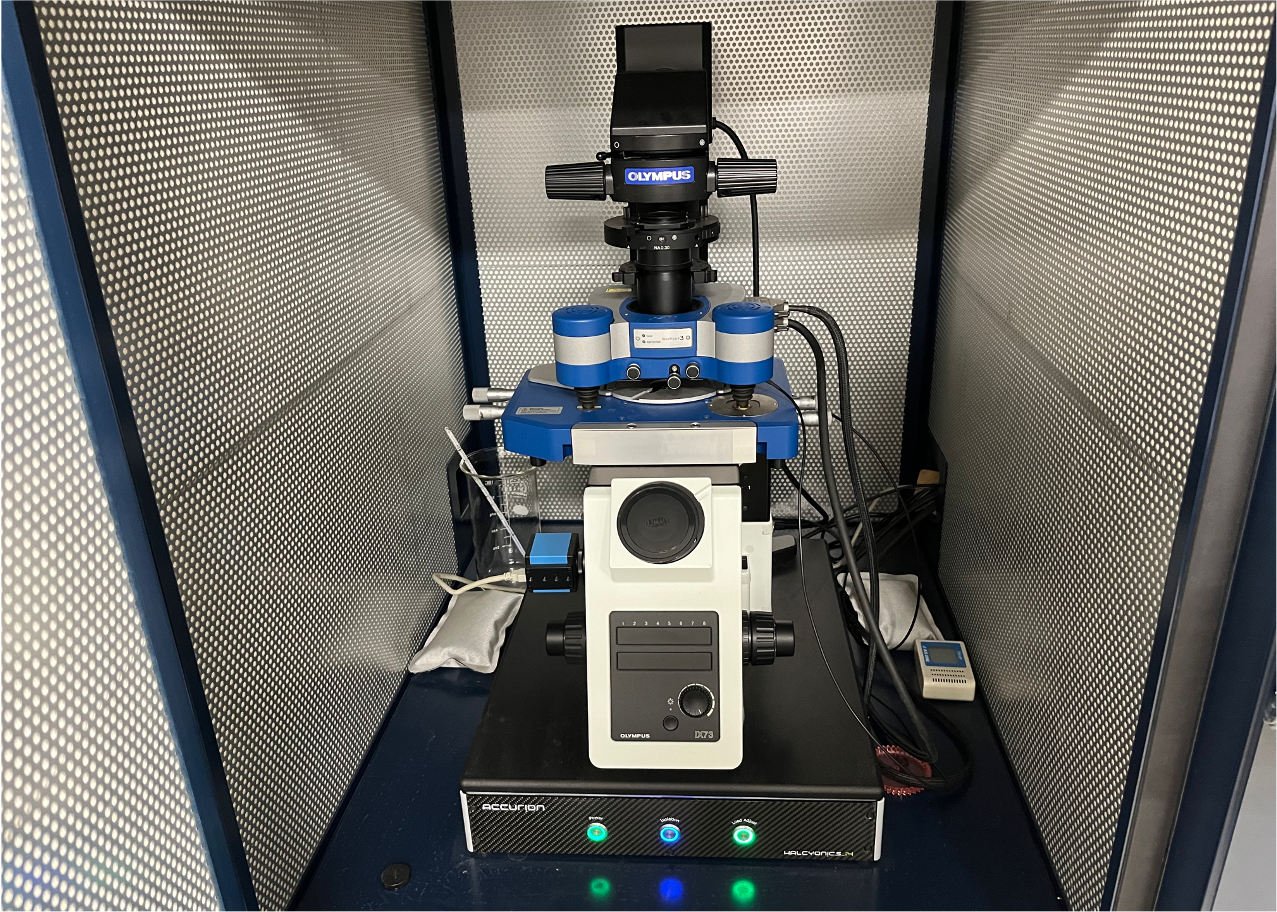
Atomic Force Microscopy ; AFM
It is a device that traces a sample with a tiny needle called a cantilever, detects the interatomic force between the sample and the needle, and visualizes it as an image. It is an extremely useful microscope that not only captures microscopic images of bacteria but can also measure the adhesion force of bacteria.
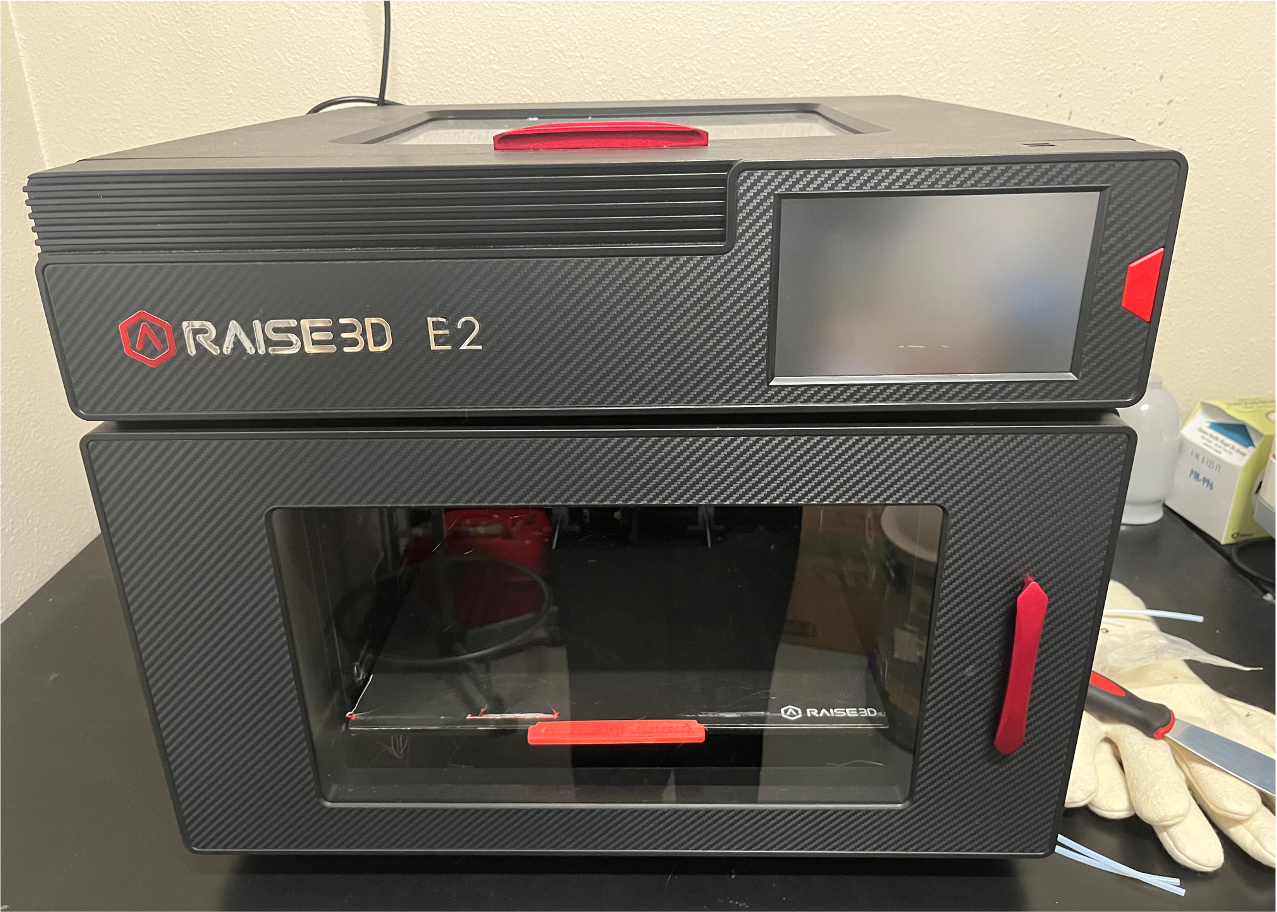
3D Printer
FDM/FFF 3D printer. 3D printer is used to produce molecular models and jigs.

Quartz Crystal Microbalance; QCM
This instrument measures the interaction force between molecules. It is a very useful tool for the analysis of proteins at the molecular level.
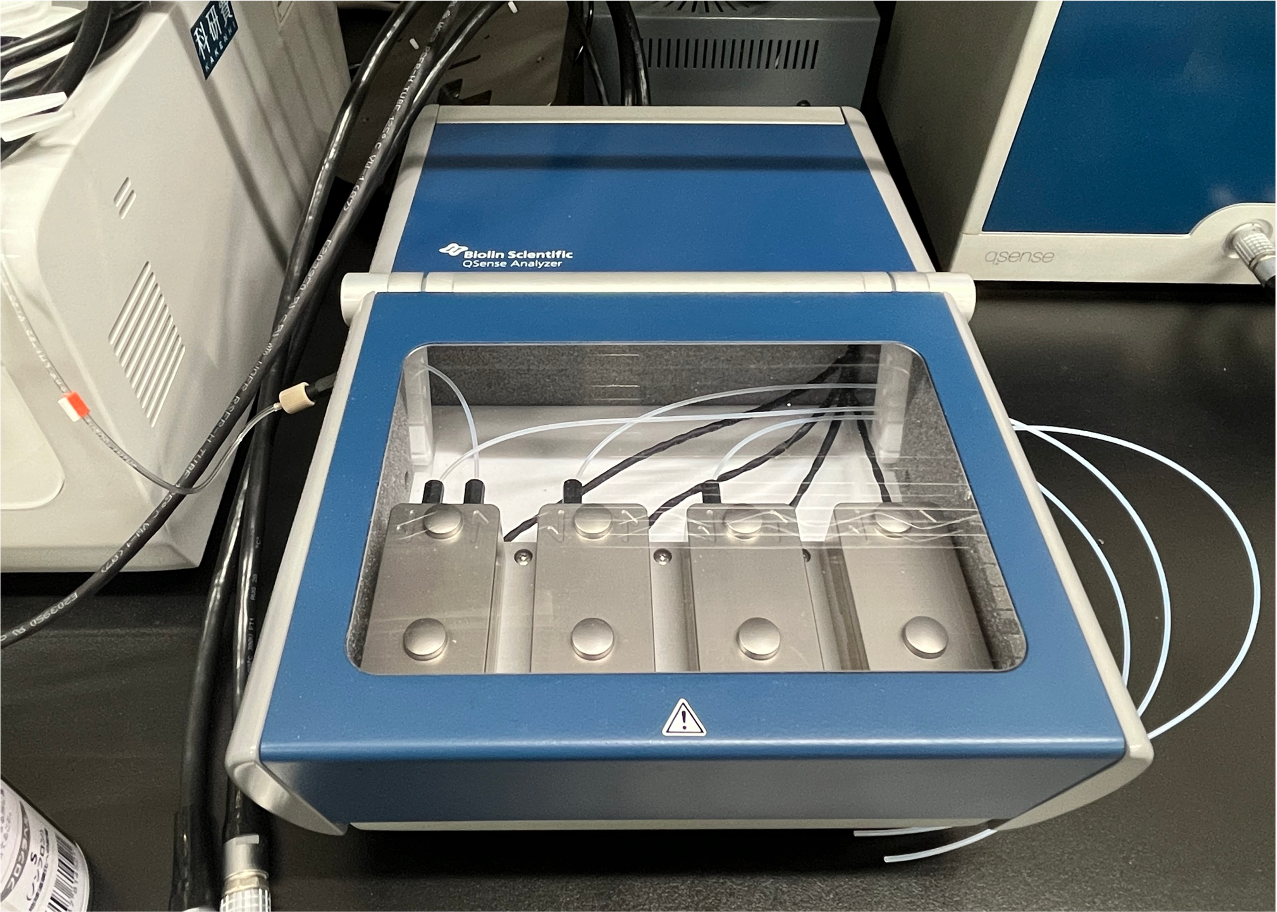
QCM-D
Viscoelasticity and energy dissipation, which are difficult to measure with QCM, can be measured.
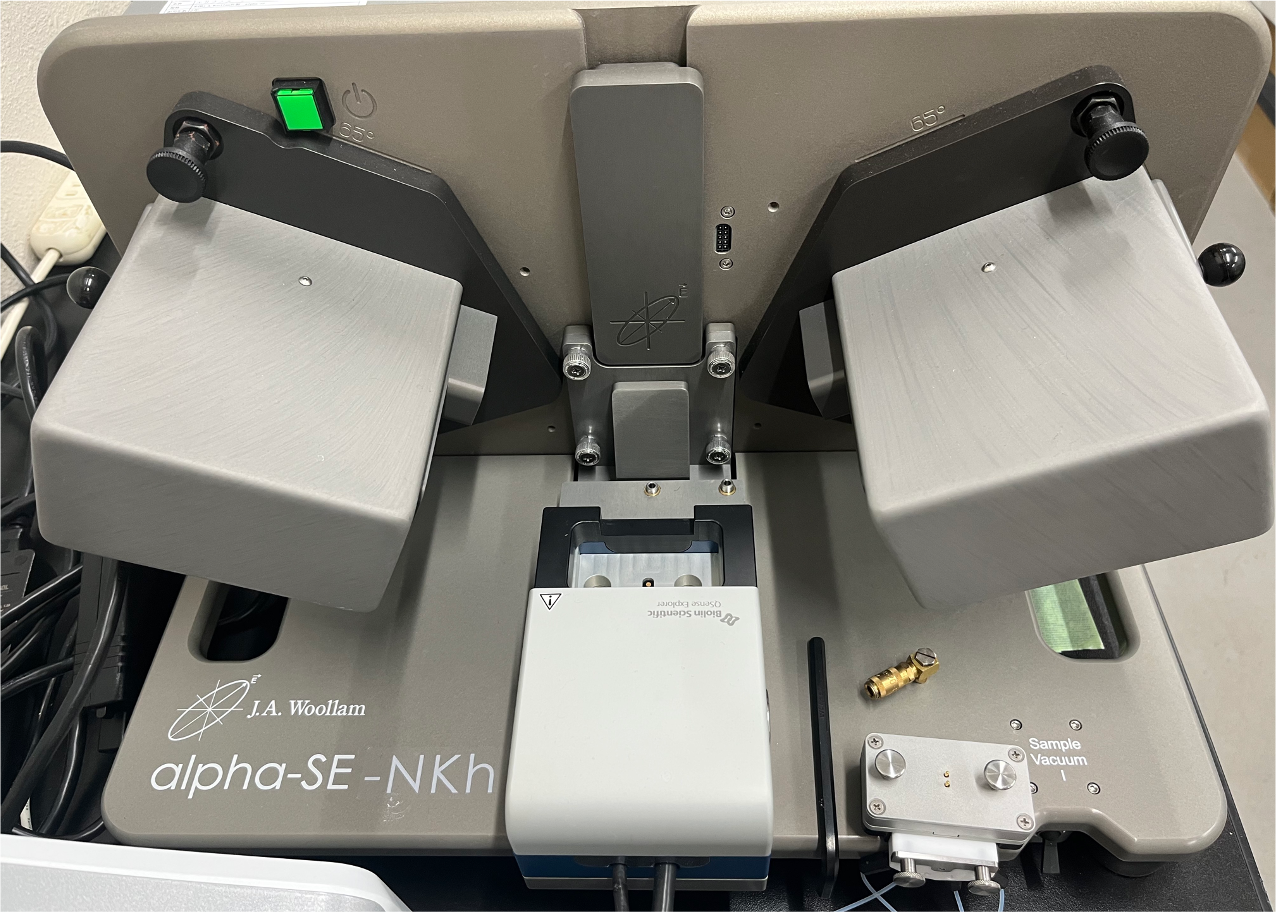
Spectroscopic Ellipsometry
An optical measurement device that determines the film thickness value, refractive index, and extinction coefficient by measuring the change in a polarization state of light reflected from the sample surface.
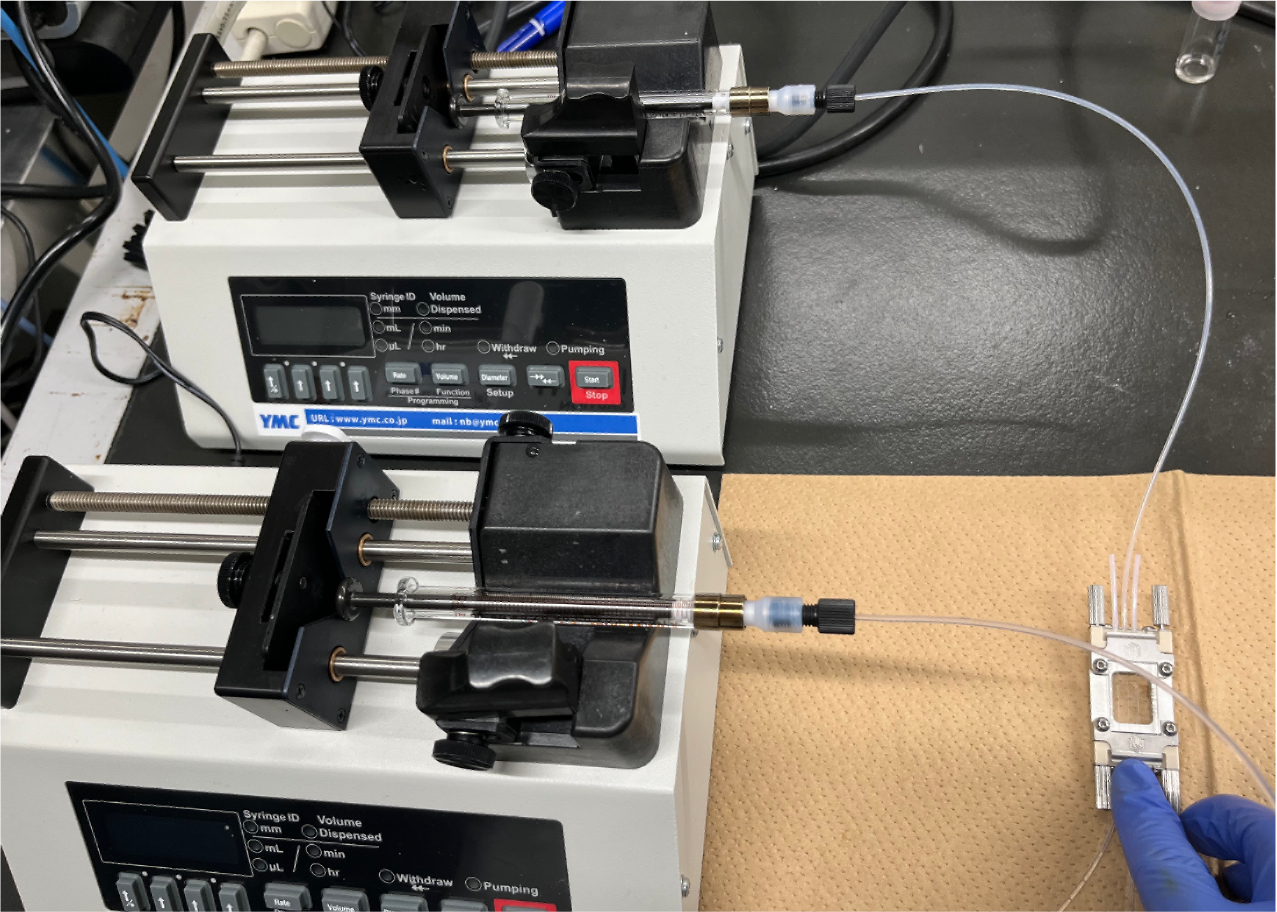
Microfluidic Device
Microfluidic channels can be used to produce nano-sized liposomes, lipid particles (LNPs), etc.
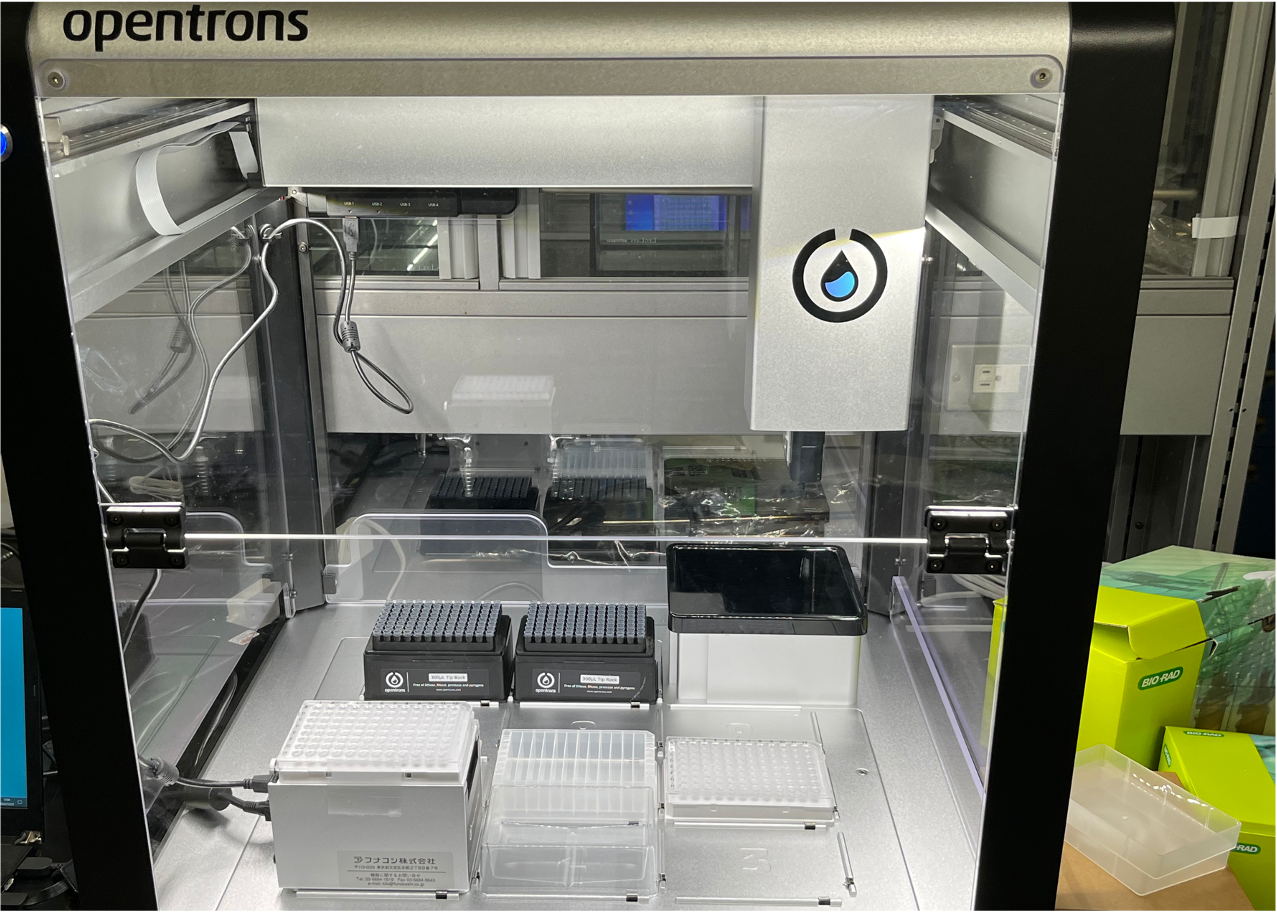
Automated pipetting robot system
Pipette tips, plates, tube racks, etc. can be placed on the deck to automate dispensing and other operations.
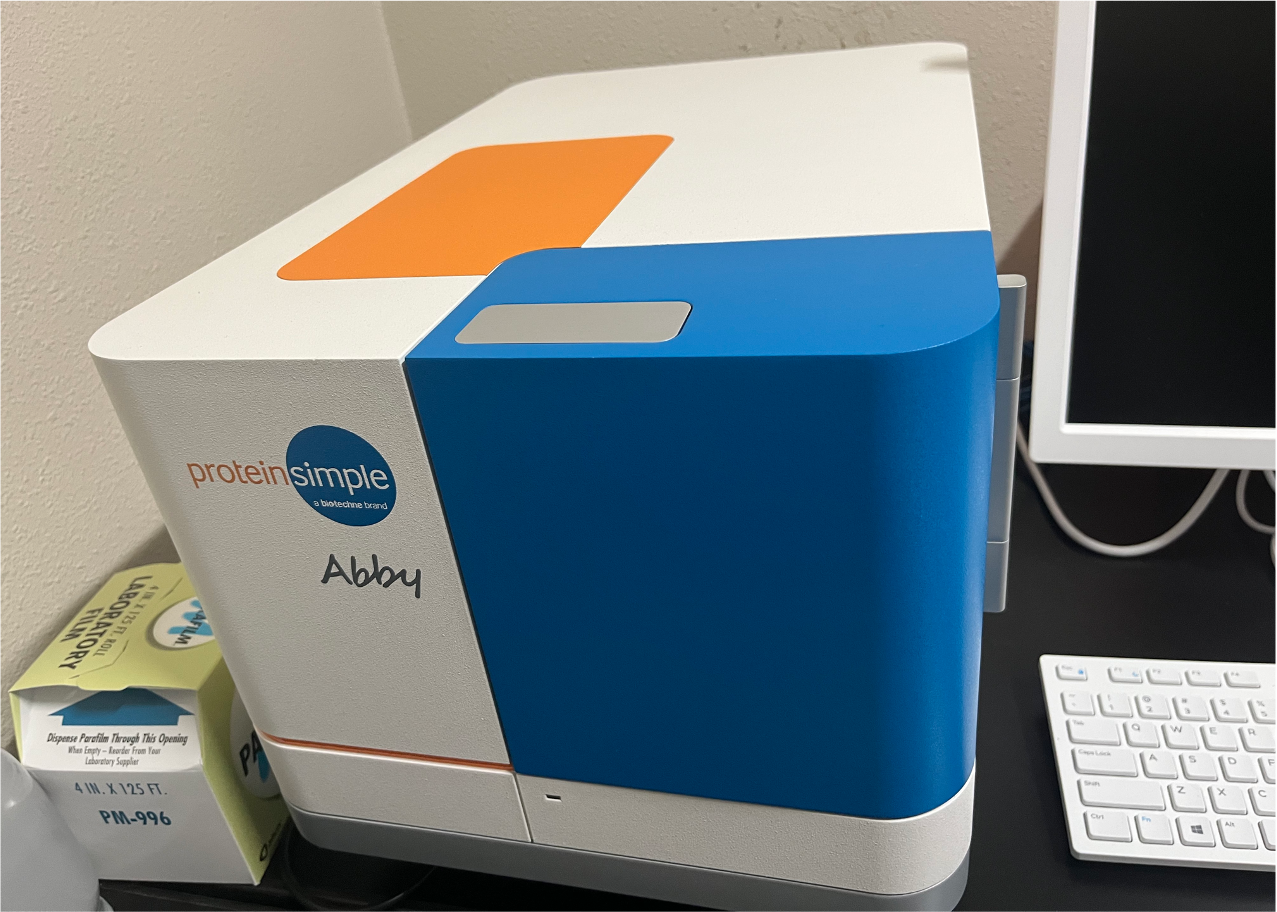
Automatic Western Equipment Abby
This is an automated system for protein size separation and immunodetection. Conventional Western blotting procedures such as antibody addition, incubation, and washing can be performed automatically.

Fluorescent Flow Cytometry
It is possible to measure the fluorescence intensity of cells and other particles flowing at a constant rate. This is used to confirm the expression of surface proteins.
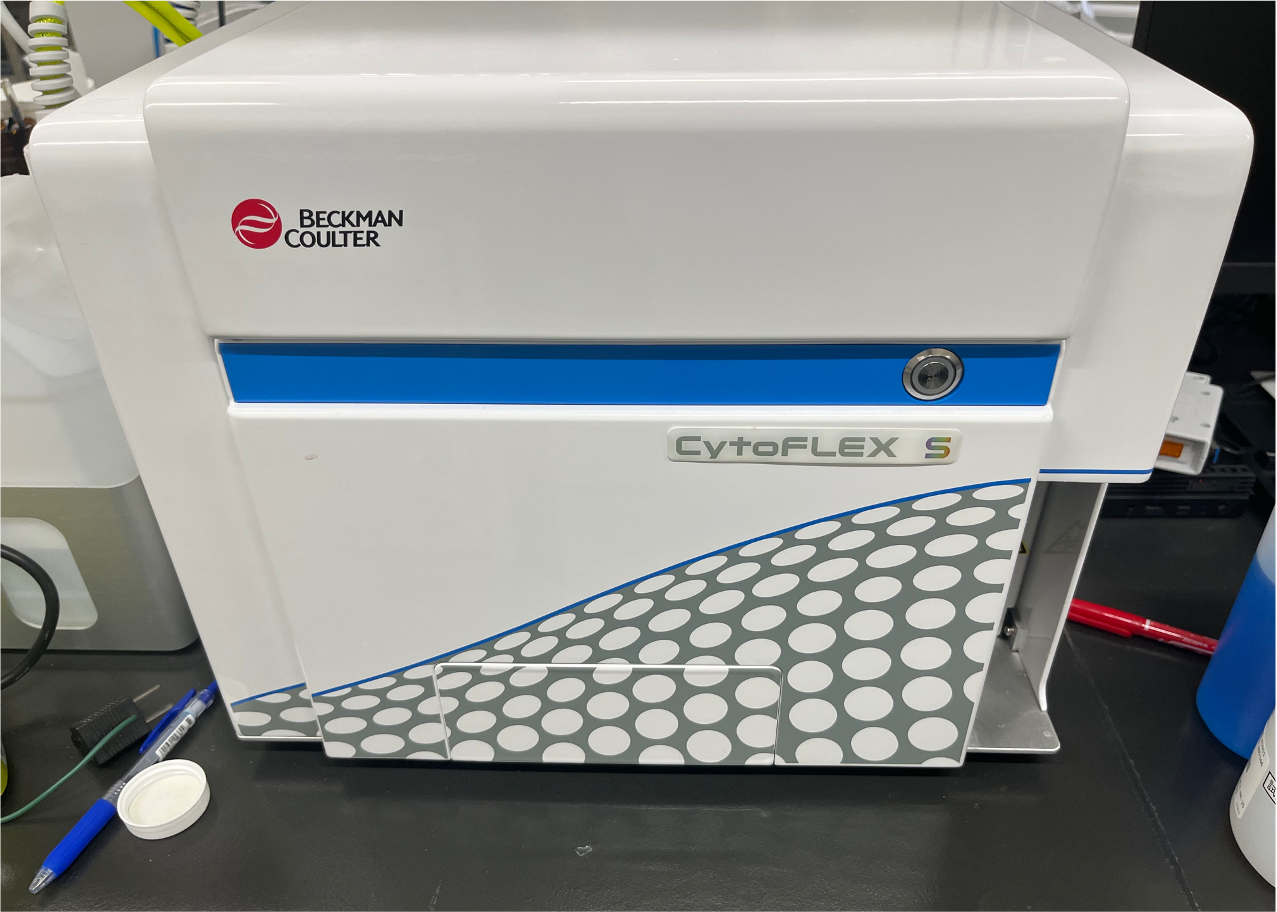
Fluorescent Flow Cytometry
It can measure particle sizes down to nanometer sizes.

Gas Chromatography
This device separates and quantifies volatile compounds.

Digital Microscope
A microscope capable of high-magnification observation of samples in detail. It is used for examining fine structures and surface analysis.

GC-MS
Gas chromatography with mass spectrum. After the separation of a sample, it can be analyzed by MS for more detailed analysis than GC, such as the identification of substances.
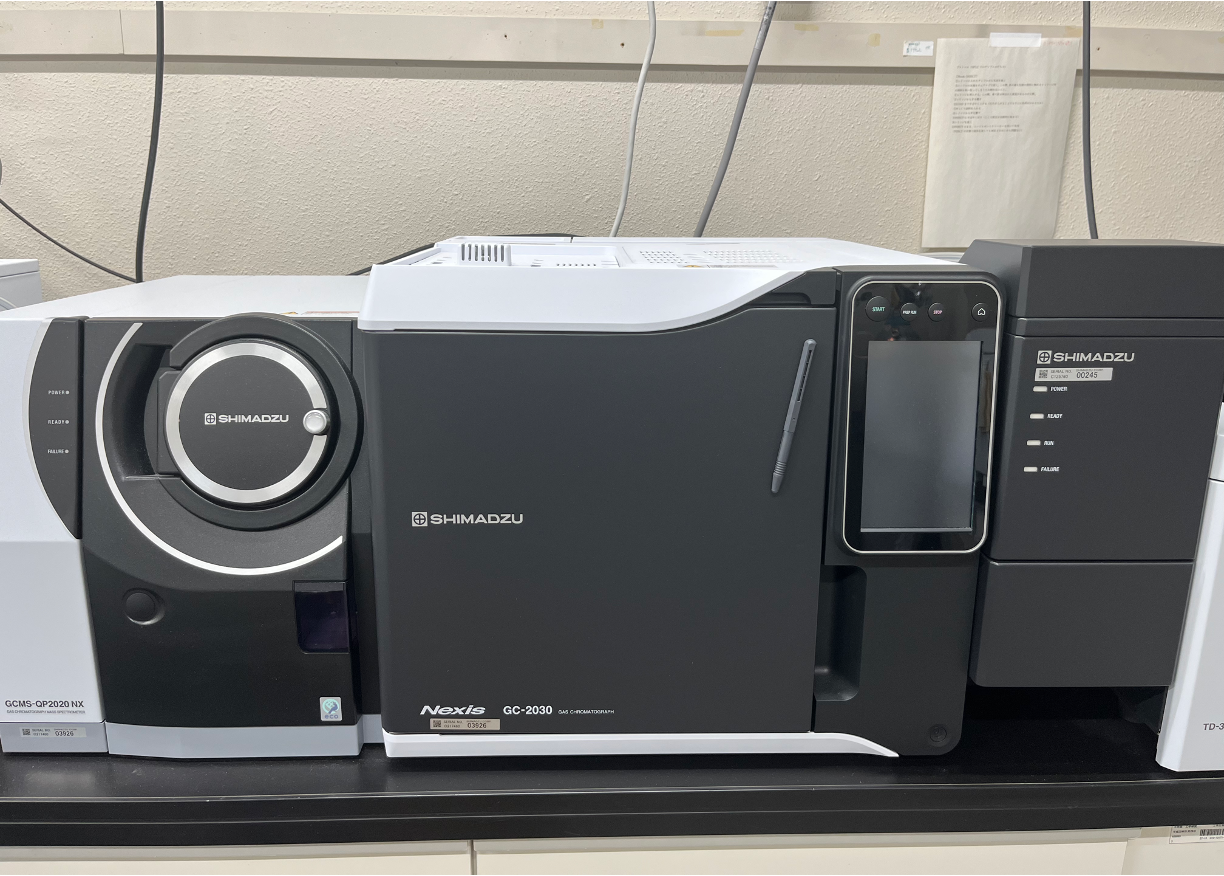
GC-MS
It is equipped with an auto-injector function.
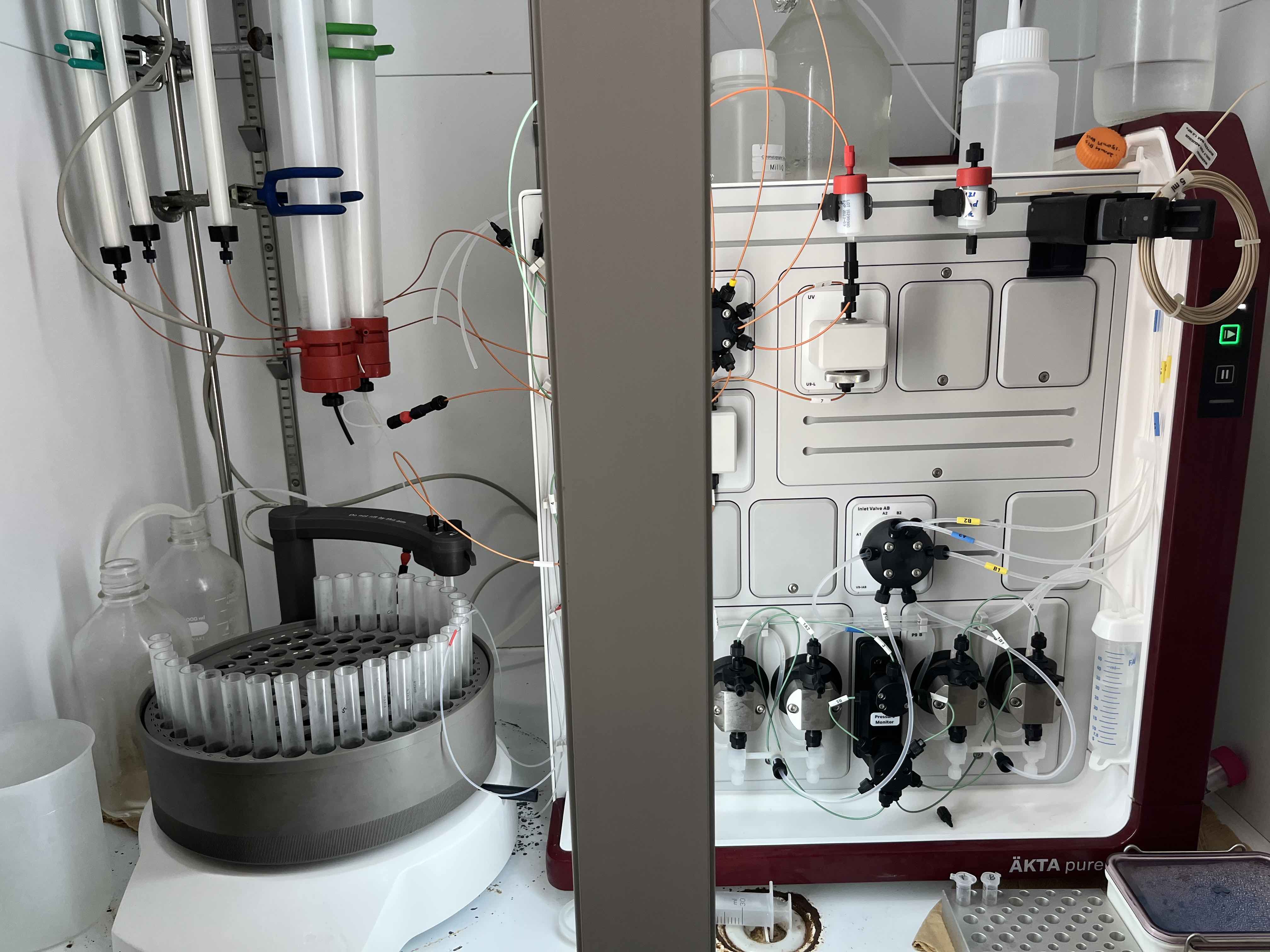
Protein Purification Column Chromatography
A combination of chromatography is used to separate and purify proteins.

Liquid Chromatography
This is a device for separating and quantifying dissolved components in liquids. It is used to quantify organic acids, which are metabolic products of bacteria.
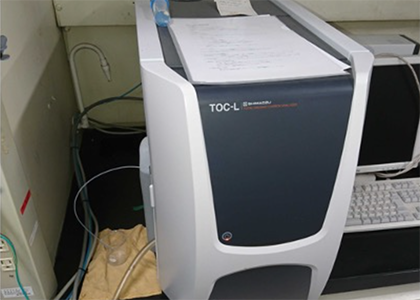
Total Organic Carbon Meters (TOC)
This is an analytical instrument to measure the organic matter in a sample as the total amount of organic body carbon (carbon content).

Large Bio-shaker
This is a large shaker for culturing large quantities of bacteria. It is mainly used to culture E. coli for protein purification.

PCR devices
Devices for amplifying genes. It is an indispensable device in laboratories that handle genes.

Real-Time PCR
This device can quantitatively detect the amplification of nucleic acids by PCR.

CD spectrum
This instrument measures the polarization of light when it is passed through a sample. It is mainly used to analyze the secondary structure of proteins.

Confocal Laser Scanning Microscopy
Thick biofilms or thick microscopic samples can be captured and observed in three dimensions.

DLS Measurement System
This instrument can measure particle size and zeta potential of small particles such as proteins and bacteria.
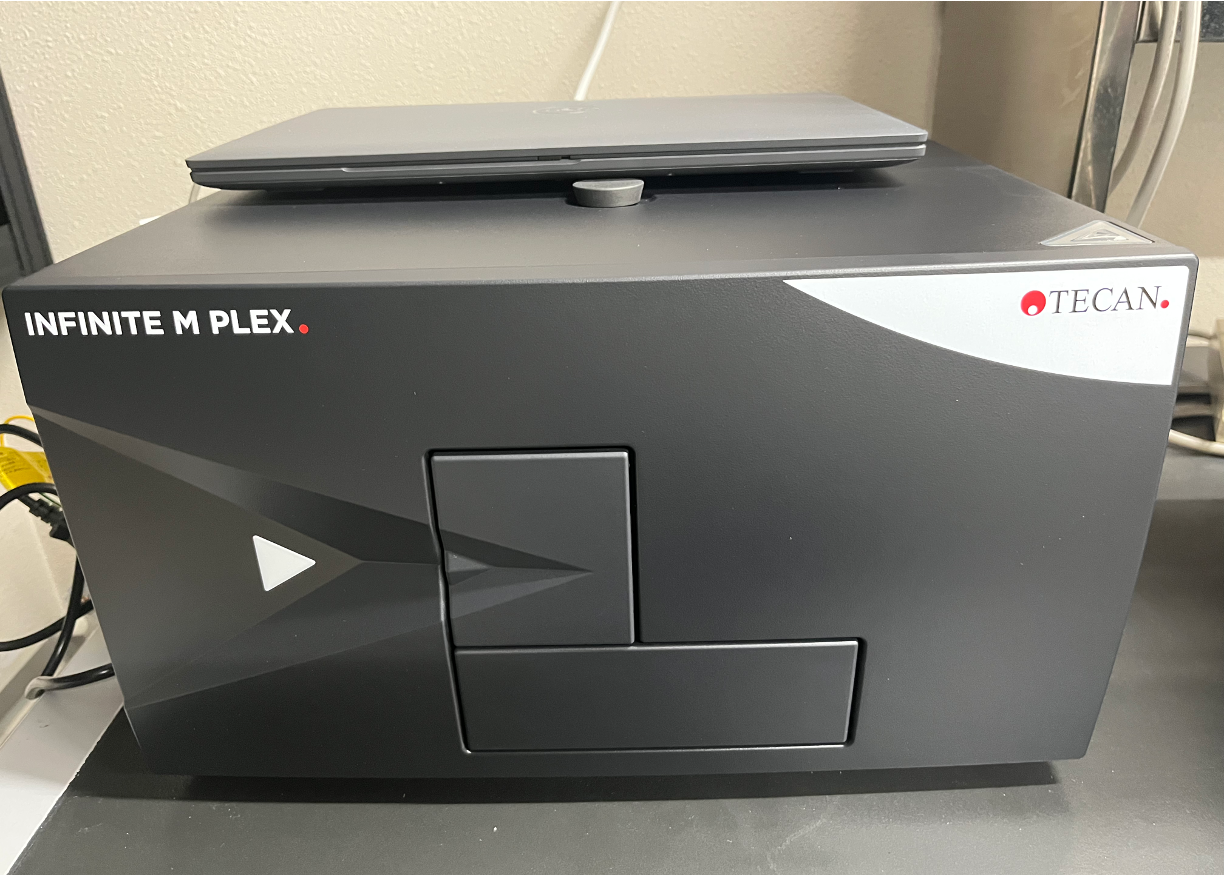
Absorbance/Fluorescence/Luminescence Microplate Reader
Quantify absorbance, fluorescence, luminescence, etc., in microplate assays.

Freeze Sectioning Device
Thinly slice a thick sample for easy observation under a microscope.

3D Culture System
This system is capable of culturing cells with minimal influence of gravity. The system was originally converted from one used to culture animal cells.
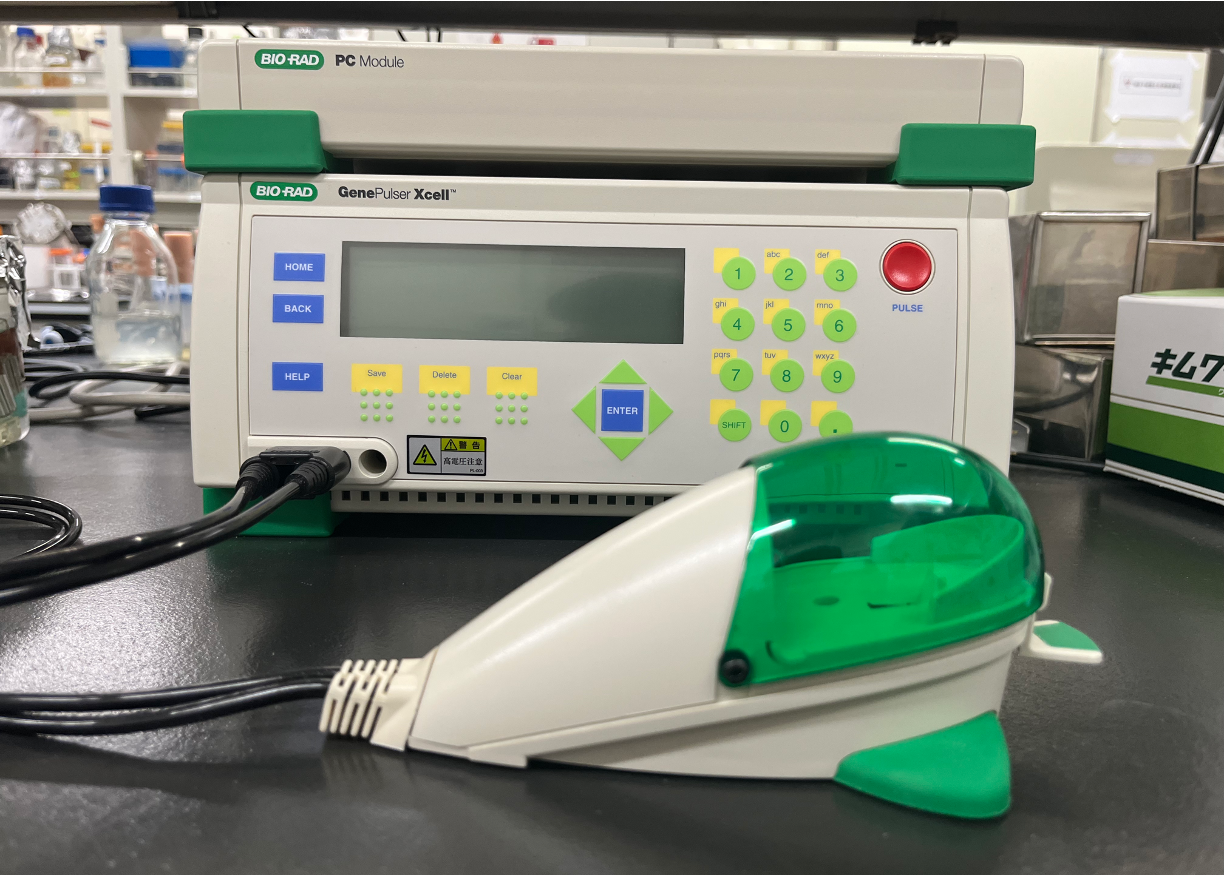
Electroporation System
A system that introduces DNA into cells by applying an electric field. It temporarily increases cell membrane permeability, allowing the uptake of genetic material or proteins.

Contact Angle Meter
A device used to measure the contact angle of a liquid droplet on a solid surface. It is commonly used to evaluate surface wettability, hydrophobicity, and adhesion properties.

French Press
This device can crush a large number of bacteria at once under pressure. This device is very useful for the purification of a large amount of protein using E. coli and other bacteria.

Fermentor
This is a 3 L scale fermenter. It is mainly used in Hori Laboratory for research on oil-degrading bacteria.
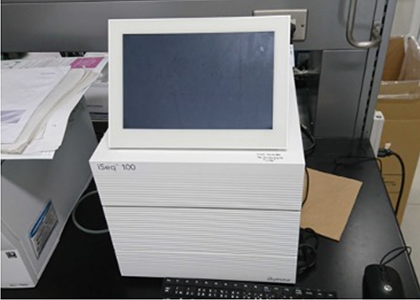
Next Generation Sequencer (NGS)
It is a powerful tool that can sequence thousands to millions of DNA molecules simultaneously.
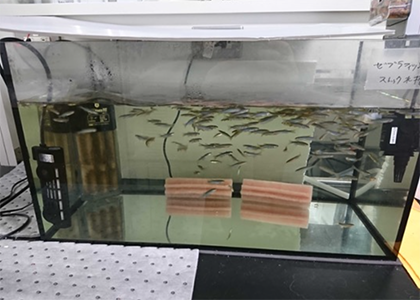
Fish Breeding Aquarium
Used for breeding zebrafish and other fish.
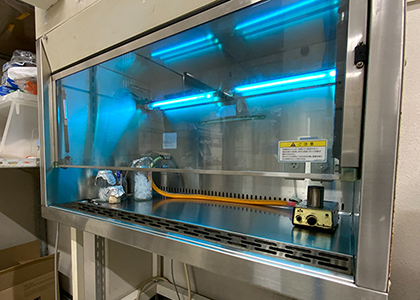
Clean Bench
This equipment is used to prevent dust and environmental microorganisms from entering the system and to ensure aseptic operation.

Cooled CCD camera for chemiluminescence detection
It is used to detect proteins with antibodies and nucleic acids.
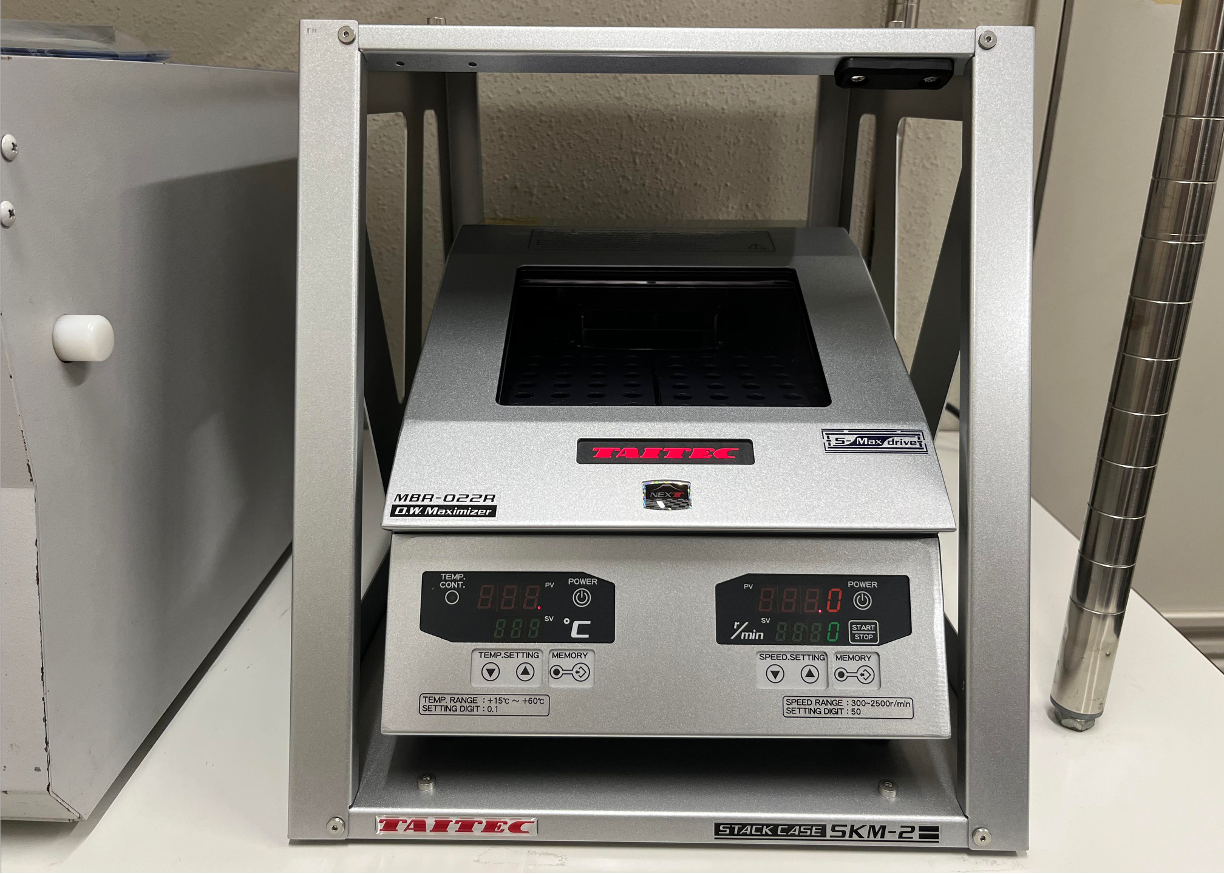
Maximizer
This device is used for mixing 96-well plates and microtubes.
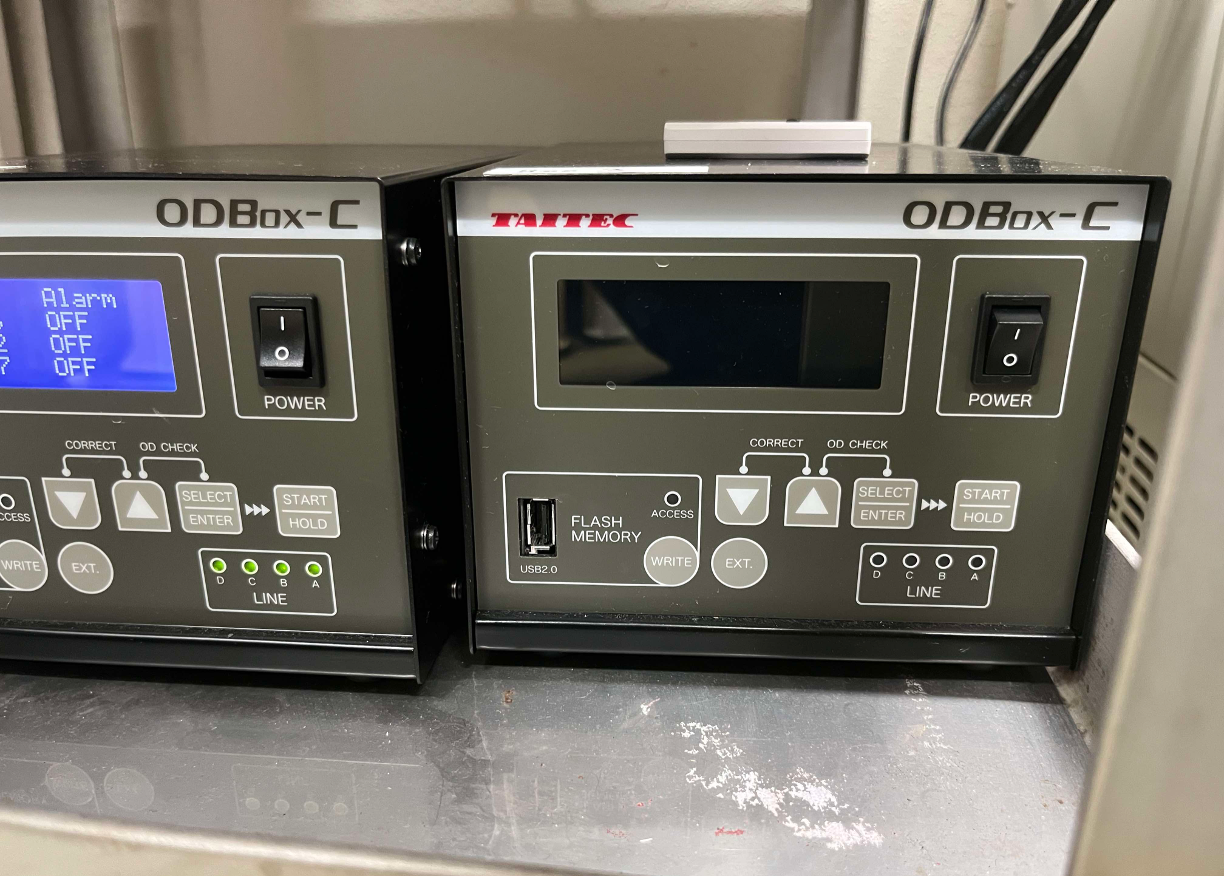
Automatic OD Measurement Device
This turbidity meter enables non-contact, real-time OD measurement during cultivation.
